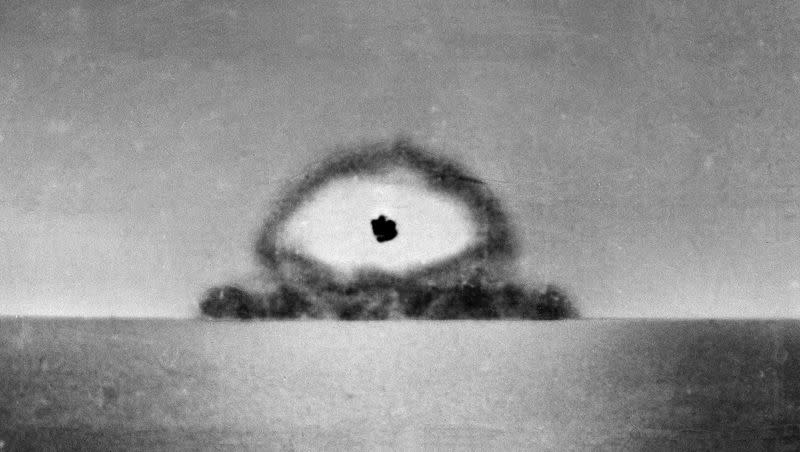Opinion: Nuclear testing fallout reached 46 states — Compensation should reach those states too

The Radiation Exposure Compensation Act, or RECA, has been a lifeline for individuals who suffered from radiation exposure during the Cold War. However, it’s time to expand and extend RECA to cover more victims. A recent study revealed that nuclear testing fallout reached 46 states, including all of Utah. The need for expansion is evident.
RECA was established in 1990 to provide monetary compensation to those who developed serious illnesses due to radiation exposure from nuclear testing and uranium mining. It was a response to the devastating health impacts faced by downwinders, Navajo Nation members and other affected individuals. The initial scope of RECA covered uranium miners, millers, ore transporters, “Onsite Participants” at nuclear tests and “Downwinders.” However, this scope is limited, leaving out many affected individuals in Utah and beyond.
Radiation exposure is a threat from both natural and man-made sources. Man-made sources, such as nuclear testing and nuclear power plants, release radioactive materials with long lifespans. This exposure can damage the DNA in living cells, leading to cancers and other health issues.
Recent research also suggests that radiation may affect children and pregnant women more severely. According to some researchers, women and children experience significantly more harm than men from cancers due to radiation exposure. It’s been long researched that children are at greater risk of cancers and illnesses as the result of genetic defects from radiation exposure due to the nature of growing bodies and concentration of exposure.
Related
Opinion: Utah’s uranium miners and the struggle for compensation
Opinion: ‘Oppenheimer’ is all too real for Utahns who lived through nuclear testing
The health impacts of radiation exposure are profound, and scientific research supports this. Case studies and epidemiological findings provide ample evidence of the harm caused by radioactive fallout. To address the financial burden that often accompanies these illnesses, comprehensive compensation is essential. The current compensation of RECA is not nearly adequate to cover the standard of care necessary for cancer treatment.
Radiation exposure is not uniform geographically. Utah, for instance, faced disproportionate fallout due to its unique landscape, making it crucial to expand the definition of “Downwinders” to encompass the entire state. There’s a large correlation between fallout concentration and annual precipitation in specific countries, including along the Wasatch Front and Summit County.
The proposed RECA Amendments of 2023 aim to prolong the program for 19 years and broaden its reach to include more communities affected by radiation exposure. Ongoing efforts, legislative changes and the support of advocacy groups and communities underline the growing movement to expand and extend RECA.
Expanding and extending RECA is an urgent and necessary step. Scientific evidence, geographical disparities and the undeniable suffering of countless individuals demand action. The expanded RECA will ensure that more victims receive the acknowledgment and support they deserve.
It’s time for Utah to join the chorus of support for this vital cause, recognizing that this program is a small but crucial step towards rectifying the grave injustices of the past and offering solace to those who continue to suffer. The time for justice is now.
Dr. Jon Callahan is a Utah-based researcher with a Ph.D. in biomedical engineering from the University of Utah.

